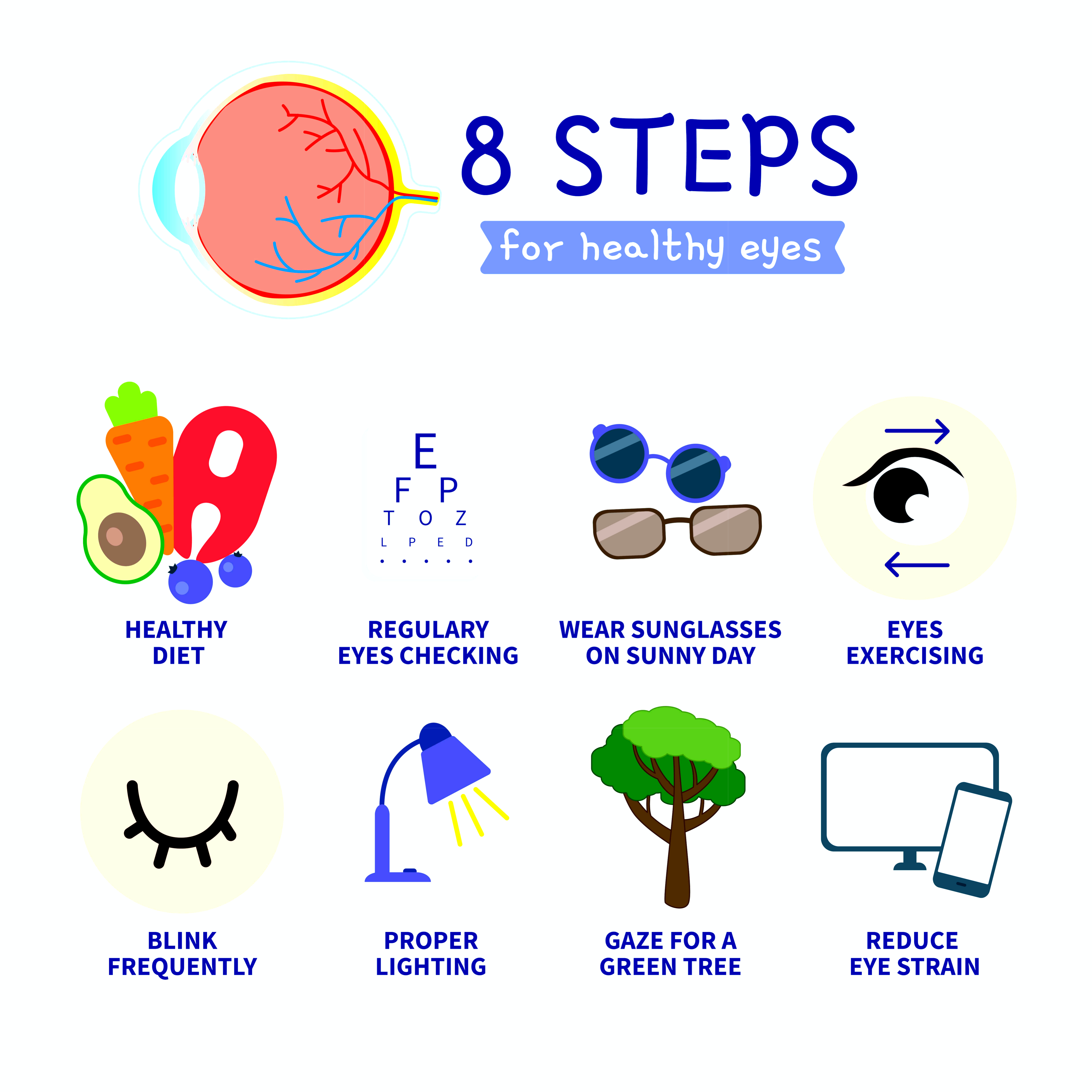All Categories
Featured
Table of Contents

Regular eye assessments are crucial for preserving great vision and identifying potential eye wellness problems early. Nevertheless, the frequency of these tests can vary considerably based on an individual's age, way of living, and overall health and wellness. Recognizing the suggested schedule for eye tests can aid guarantee that people of every ages get appropriate treatment and monitoring for their eye health.
Newborns and Toddlers (0-2 Years)
For toddlers and babies, eye tests are crucial for identifying any potential vision troubles early on. The American Academy of Ophthalmology recommends that a youngster's initial eye examination should happen at around 6 months old. During this preliminary go to, the eye care professional will analyze the youngster's aesthetic growth and look for any apparent eye problems.Following this first examination, it is advised that kids have another eye exam at age 3. This browse through will certainly focus on examining the youngster's overall aesthetic function, consisting of eye placement and the ability to track items. If no problems are spotted, the following examination should be arranged prior to the youngster begins college, typically around age 5 or six.
School-Aged Youngsters (6-18 Years)
Routine eye examinations must be scheduled every one to 2 years when kids reach school age. Vision is essential for learning and growth, and lots of colleges conduct vision testings. However, these screenings do not change a comprehensive eye test by an eye care professional.For kids included in sports or tasks requiring considerable visual emphasis, annual eye tests may be suggested. Furthermore, if a kid exhibits signs of vision troubles-- such as difficulty checking out, scrunching up your eyes, or frequent migraines-- a check out to the eye medical professional need to be scheduled asap.
Young Person (19-39 Years)
Young person normally have less vision changes than older age, but normal eye examinations continue to be vital. The basic suggestion is to set up an eye examination every two years throughout this period. People with certain threat factors-- such as a household background of eye disease, diabetic issues, or those that use call lenses-- should think about annual eye exams.Furthermore, those that spend considerable time on digital tools may experience electronic eye stress. If symptoms such as dryness, fatigue, or blurred vision occur, it might be important to see an eye care expert quicker.
Adults (40-64 Years)
Adults aged 40 to 64 must schedule eye exams every one to two years. Eye tests can likewise aid spot other usual age-related conditions such as glaucoma, cataracts, and macular deterioration.If individuals in this age team have risk factors such as hypertension or diabetes mellitus, they may need even more frequent assessments to check their eye wellness very closely.
Seniors (65 Years and Older)
For senior citizens, normal eye exams end up being also extra critical. The American Optometric Organization advises that people matured 65 and older have an eye test at the very least as soon as a year.Conclusion.
Recognizing the suitable schedule for eye tests based on age is crucial for keeping ideal eye health and wellness throughout life. From babies to elders, normal eye evaluations play an essential role in identifying issues early and ensuring that vision stays sharp. By sticking to these guidelines and speaking with an eye treatment specialist, people can take proactive actions toward protecting their vision and overall health and wellness. Whether it's a kid's initial browse through or a senior's yearly exam, prioritizing eye care is a financial investment in long-lasting well-being.Table of Contents
Latest Posts
Host Your Perfect Occasion: Venue Rental Alternatives for Every Celebration
Published Mar 12, 25
1 min read
The Boogaloo Sports Bar & Grill at FunCity Hotel Hotel: Where Enjoyable Satisfies Flavor
Published Feb 04, 25
1 min read
The Advantages of Personalized Furniture: Why It deserves the Financial Investment
Published Jan 27, 25
0 min read
More
Latest Posts
Host Your Perfect Occasion: Venue Rental Alternatives for Every Celebration
Published Mar 12, 25
1 min read
The Boogaloo Sports Bar & Grill at FunCity Hotel Hotel: Where Enjoyable Satisfies Flavor
Published Feb 04, 25
1 min read
The Advantages of Personalized Furniture: Why It deserves the Financial Investment
Published Jan 27, 25
0 min read